Home>Gardening & Outdoor>Landscaping Ideas>How To Kill Grass
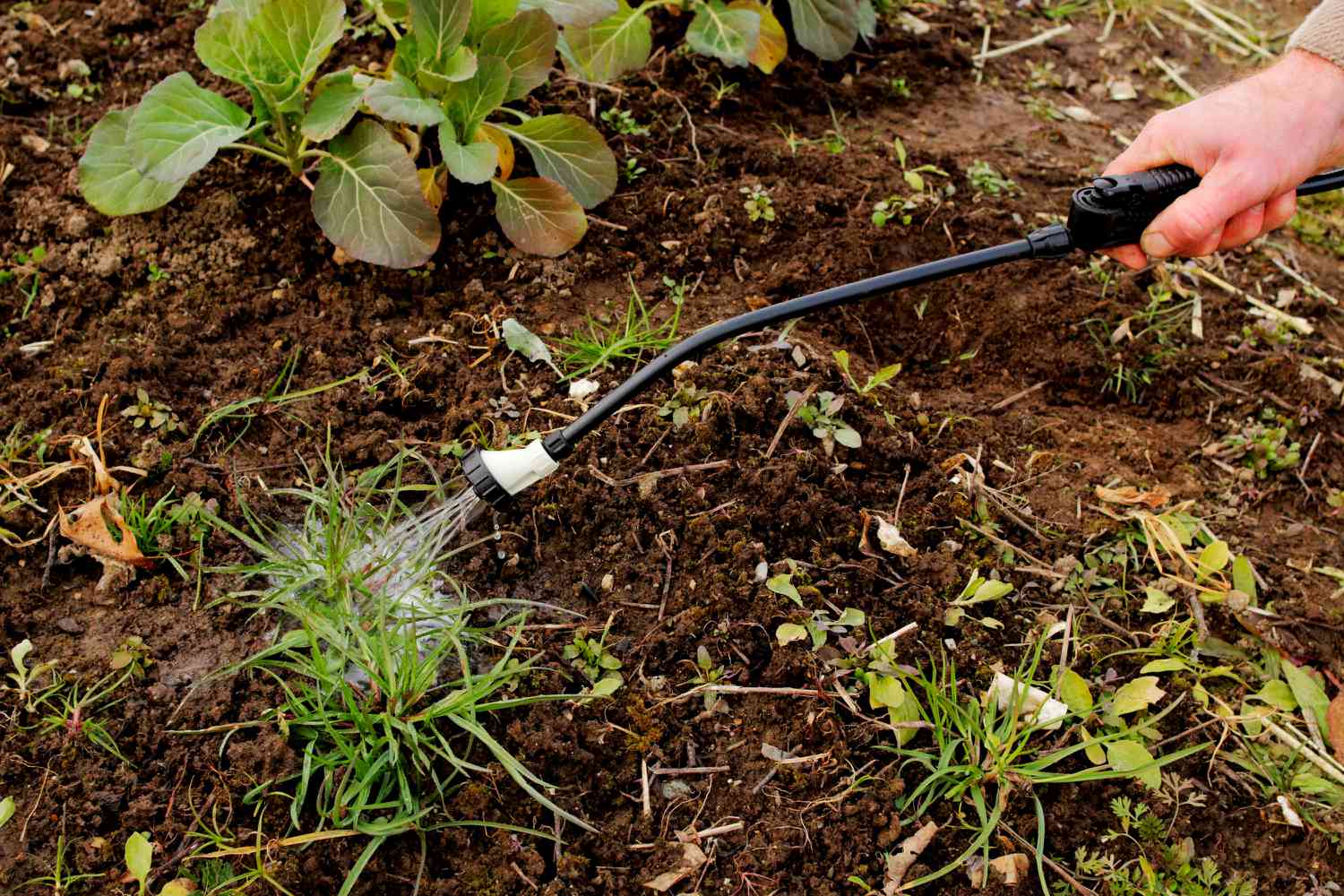

Landscaping Ideas
How To Kill Grass
Modified: October 18, 2024
Learn effective landscaping ideas to kill grass and transform your outdoor space. Discover step-by-step methods for a lush, weed-free yard.
(Many of the links in this article redirect to a specific reviewed product. Your purchase of these products through affiliate links helps to generate commission for Storables.com, at no extra cost. Learn more)
Introduction
So, you've got a patch of grass that just won't quit. Whether it's encroaching on your flower beds, taking over your vegetable garden, or simply refusing to be tamed, sometimes you need to take drastic measures. But fear not, for there are several effective ways to rid yourself of this persistent greenery. In this guide, we'll explore the various methods of killing grass, from mechanical and chemical approaches to organic remedies. By understanding the different options available, you can choose the method that best suits your needs and preferences. Whether you're aiming for a pristine lawn or preparing a new planting area, knowing how to effectively eliminate grass can be a valuable skill for any gardener or homeowner. So, let's dive in and discover the most effective ways to bid farewell to unwanted grass!
Key Takeaways:
- Say goodbye to unwanted grass by choosing from natural, chemical, or organic methods. Consider your space, preferences, and future plans to effectively eliminate grass and reclaim your outdoor areas.
- Prevent grass regrowth by using landscape edging, mulch, and regular maintenance. Proactive measures help maintain clear and well-defined outdoor spaces, reducing the need for future grass eradication efforts.
Read more: How To Kill Goat Heads Without Killing Grass
Understanding the Different Methods of Killing Grass
When it comes to eradicating grass, it’s essential to understand the various methods available. Each approach has its own advantages and considerations, so let’s take a closer look at the different ways to tackle this green nuisance.
First and foremost, it’s important to assess the area where the grass needs to be removed. Are you dealing with a small patch, a large lawn, or an area earmarked for a new garden or landscaping project? The size and location will play a significant role in determining the most suitable method for eliminating the grass.
Additionally, consider your personal preferences and any environmental concerns. Some individuals may opt for chemical solutions for their efficiency, while others may prioritize organic or mechanical methods for their eco-friendliness. Understanding the pros and cons of each approach will empower you to make an informed decision.
Furthermore, the intended use of the area after the grass removal should be taken into account. If you plan to replant with new grass or other vegetation, you’ll want to choose a method that minimizes soil disruption and prepares the ground for future growth. On the other hand, if the goal is to create a hardscaped area, such as a patio or walkway, a more thorough eradication method may be necessary.
By considering these factors, you can select the most appropriate approach for your specific situation. Whether you’re aiming for a quick and effective solution or taking a more gradual, natural route, understanding the different methods of killing grass will guide you toward a successful outcome.
Mechanical Methods
Mechanical methods of grass removal involve physically uprooting or smothering the grass to prevent its growth. These techniques are often favored for their eco-friendly nature and minimal use of chemicals. Here are some effective mechanical methods for eliminating grass:
- Hand Digging: For small areas or isolated patches of grass, hand digging can be a simple yet effective method. Using a shovel, hoe, or garden trowel, carefully dig out the grass, ensuring that you remove the roots to prevent regrowth. While labor-intensive, this method provides precise control over the removal process.
- Sod Cutter: When dealing with larger areas of grass, a sod cutter can expedite the removal process. This specialized tool cleanly slices through the turf, allowing you to roll up and remove the grass in manageable sections. Sod cutters are particularly useful when preparing an area for landscaping or hardscaping projects.
- Smothering: Another mechanical approach involves smothering the grass to deprive it of sunlight and oxygen. This can be achieved by covering the grass with thick layers of cardboard, newspaper, or plastic sheeting. Over time, the lack of light will weaken and kill the grass, leaving behind a clear area for future planting or construction.
While mechanical methods may require more physical effort than chemical alternatives, they offer a natural and non-toxic means of grass removal. Additionally, these approaches can be particularly suitable for individuals seeking to avoid the use of herbicides or wanting to repurpose the removed grass for composting or mulching. By choosing mechanical methods that align with your preferences and project requirements, you can effectively clear the way for your desired landscaping endeavors.
Chemical Methods
Chemical methods for killing grass involve the use of herbicides to effectively and efficiently eliminate unwanted vegetation. These products are available in various formulations, each tailored to specific applications and types of grass. While chemical methods offer rapid results, it’s crucial to use these products with caution and in accordance with their instructions. Here are some common chemical methods for grass eradication:
- Selective Herbicides: Selective herbicides are formulated to target specific types of grass while leaving desired plants unharmed. These products are commonly used in lawns to control or remove undesirable grass species without harming the surrounding turf or ornamental plants. Selective herbicides are available in liquid or granular forms, allowing for precise application.
- Non-Selective Herbicides: Non-selective herbicides, such as glyphosate-based products, are designed to kill a broad spectrum of vegetation, including grass, weeds, and unwanted plants. These potent herbicides are effective for clearing large areas or preparing sites for landscaping projects. However, caution must be exercised to prevent unintended damage to desirable plants.
- Pre-Emergent Herbicides: Pre-emergent herbicides work by preventing the germination and growth of grass and weed seeds. These products are applied to the soil before the grass seeds sprout, creating a barrier that inhibits their development. Pre-emergent herbicides are commonly used to prevent grass and weed infestations in garden beds, driveways, and other non-turf areas.
When using chemical methods, it’s essential to follow the manufacturer’s guidelines, including proper application rates, timing, and safety precautions. Additionally, consider the environmental impact and potential effects on beneficial insects, wildlife, and water sources when choosing chemical solutions. By understanding the different types of herbicides and their specific uses, you can make informed decisions about employing chemical methods to achieve your grass elimination goals.
To kill grass, you can use a non-selective herbicide like glyphosate. Apply it on a dry, calm day and avoid spraying other plants. Wear protective clothing and follow the instructions on the label carefully.
Organic Methods
For those seeking natural and environmentally friendly approaches to grass removal, organic methods offer effective alternatives to chemical and mechanical solutions. These methods prioritize sustainability and ecological balance while addressing unwanted grass growth. Here are some organic methods for eliminating grass:
- Sheet Mulching: Sheet mulching, also known as lasagna gardening, involves layering organic materials such as cardboard, newspaper, compost, and mulch over the grass to smother and break down the vegetation. This method not only suppresses the grass but also enriches the soil as the organic materials decompose, creating a fertile planting bed for future landscaping.
- Solarization: Solarization harnesses the heat from the sun to eradicate grass and weed seeds in the soil. By covering the targeted area with clear plastic sheeting during the warmest months, the trapped solar energy raises the soil temperature, effectively sterilizing it and inhibiting grass growth. Solarization is particularly useful for preparing planting areas and controlling grass in non-turf spaces.
- Vinegar-Based Herbicides: Organic herbicides derived from vinegar, citric acid, or other natural compounds offer a non-toxic means of controlling grass and weeds. These products work by desiccating the plant tissues upon contact, leading to their gradual deterioration. While vinegar-based herbicides may require repeated applications, they provide a safe and sustainable approach to grass elimination.
Organic methods not only prioritize environmental stewardship but also contribute to soil health and long-term sustainability. By leveraging natural processes and materials, such as decomposition and solar energy, these approaches offer a holistic and regenerative way to manage unwanted grass growth. Whether you’re cultivating an organic garden or striving for a chemical-free landscape, organic methods provide effective strategies for achieving your grass removal objectives.
Read more: How To Kill Grass With Vinegar
Preventing Grass Growth
While knowing how to effectively eliminate existing grass is valuable, preventing its regrowth is equally important for maintaining clear and well-defined spaces. By implementing proactive measures to inhibit grass growth, you can minimize the need for future eradication efforts and preserve the integrity of your landscaping. Here are several strategies for preventing grass growth:
- Installing Landscape Edging: Utilizing landscape edging, such as plastic, metal, or stone borders, creates distinct barriers that prevent grass from encroaching into flower beds, pathways, and other designated areas. Well-defined edging not only enhances the visual appeal of the landscape but also serves as a physical deterrent to grass expansion.
- Applying Mulch or Gravel: Mulching garden beds and hardscaped areas with organic mulch or gravel not only enriches the soil and conserves moisture but also suppresses grass growth. The layer of mulch or gravel acts as a protective barrier, inhibiting the emergence of grass and weeds while promoting a tidy and weed-free landscape.
- Regular Maintenance and Weeding: Consistent maintenance, including regular mowing, weeding, and cultivation, is essential for preventing grass from establishing itself in unwanted areas. By promptly addressing any emerging grass or weed growth, you can maintain control over the landscape and deter the spread of unwanted vegetation.
- Applying Pre-Emergent Herbicides: Pre-emergent herbicides, when used preventatively, can be applied to target areas to inhibit the germination and growth of grass and weed seeds. By creating a protective barrier in the soil, pre-emergent herbicides effectively impede the establishment of new grass, providing long-term control and prevention.
By integrating these preventive measures into your landscaping practices, you can effectively thwart grass growth and maintain the desired aesthetic and functionality of your outdoor spaces. Whether delineating garden beds, pathways, or play areas, proactive grass prevention strategies contribute to a well-maintained and harmonious landscape.
Conclusion
As a gardener or homeowner, understanding the diverse methods of killing grass equips you with the knowledge and tools to address unwanted vegetation effectively. Whether you opt for mechanical, chemical, or organic approaches, each method offers distinct benefits and considerations, allowing you to tailor your grass elimination strategy to your specific needs and preferences.
By embracing mechanical methods such as hand digging, sod cutting, or smothering, you can achieve grass removal with minimal environmental impact and without the use of chemicals. These natural and labor-intensive techniques provide a hands-on approach to reclaiming your outdoor spaces from persistent grass growth.
Alternatively, chemical methods harness the power of herbicides to swiftly and decisively eradicate unwanted grass. Selective and non-selective herbicides, along with pre-emergent formulations, offer targeted solutions for controlling grass in lawns, garden beds, and non-turf areas. When used responsibly and in accordance with product guidelines, chemical methods can provide efficient results for grass elimination.
For those inclined toward sustainable and eco-conscious practices, organic methods present compelling alternatives. Sheet mulching, solarization, and vinegar-based herbicides offer natural, non-toxic means of addressing grass overgrowth while enriching the soil and promoting long-term soil health.
Moreover, taking proactive steps to prevent grass growth through landscape edging, mulching, regular maintenance, and pre-emergent herbicides can help maintain clear and well-defined outdoor spaces, reducing the need for future grass eradication efforts.
By incorporating these methods into your gardening and landscaping endeavors, you can effectively manage and control unwanted grass, creating the ideal canvas for your outdoor vision. Whether you’re preparing a new planting area, reclaiming a lawn from encroaching grass, or maintaining clear pathways and garden beds, understanding the diverse methods of killing grass empowers you to achieve your landscaping goals with confidence and efficiency.
With a comprehensive understanding of these grass elimination methods, you are well-equipped to navigate the challenges of unwanted vegetation and cultivate a landscape that reflects your vision and creativity. By choosing the method that aligns with your values and project requirements, you can embark on your grass removal journey with clarity and purpose, transforming your outdoor spaces into thriving and harmonious environments.
Frequently Asked Questions about How To Kill Grass
Was this page helpful?
At Storables.com, we guarantee accurate and reliable information. Our content, validated by Expert Board Contributors, is crafted following stringent Editorial Policies. We're committed to providing you with well-researched, expert-backed insights for all your informational needs.
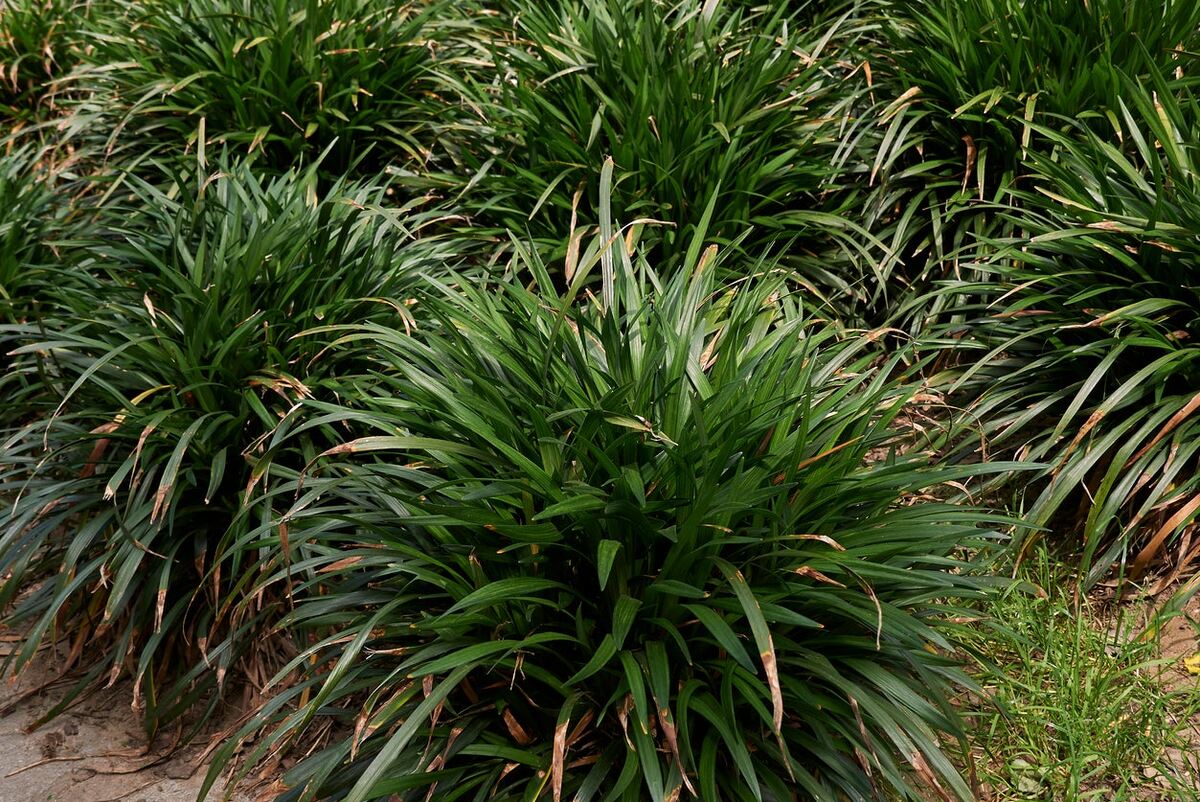
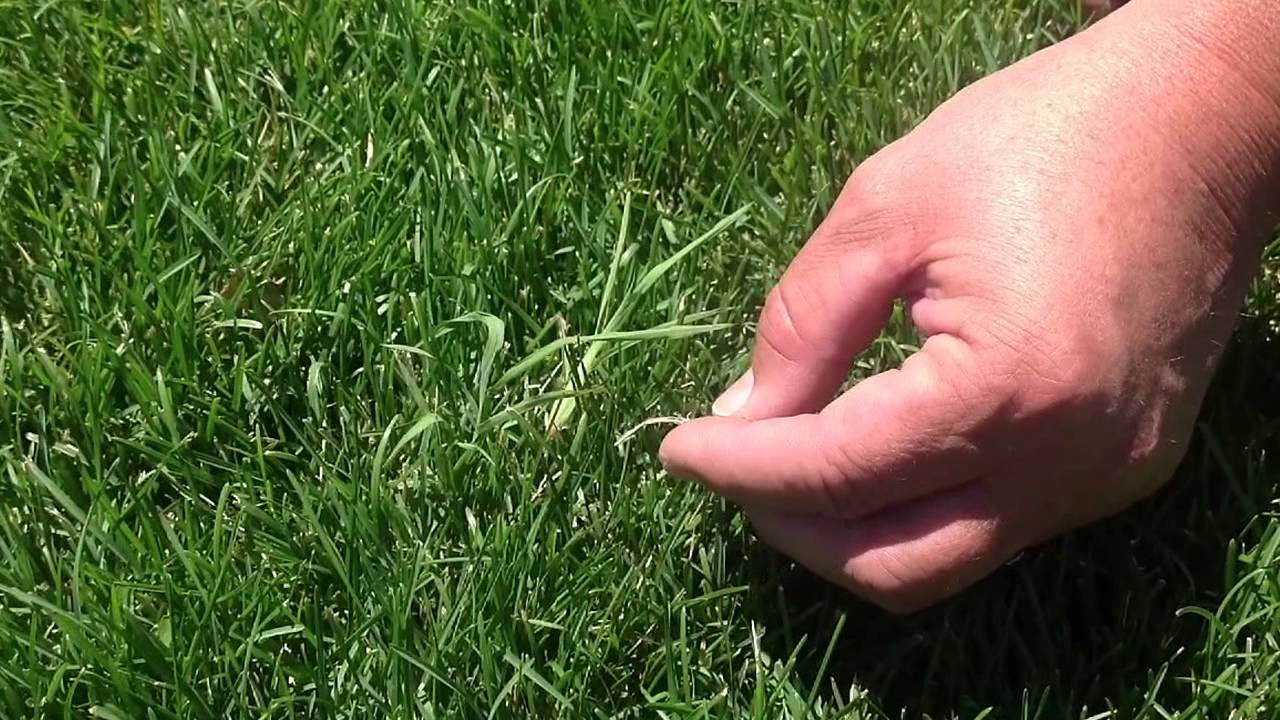
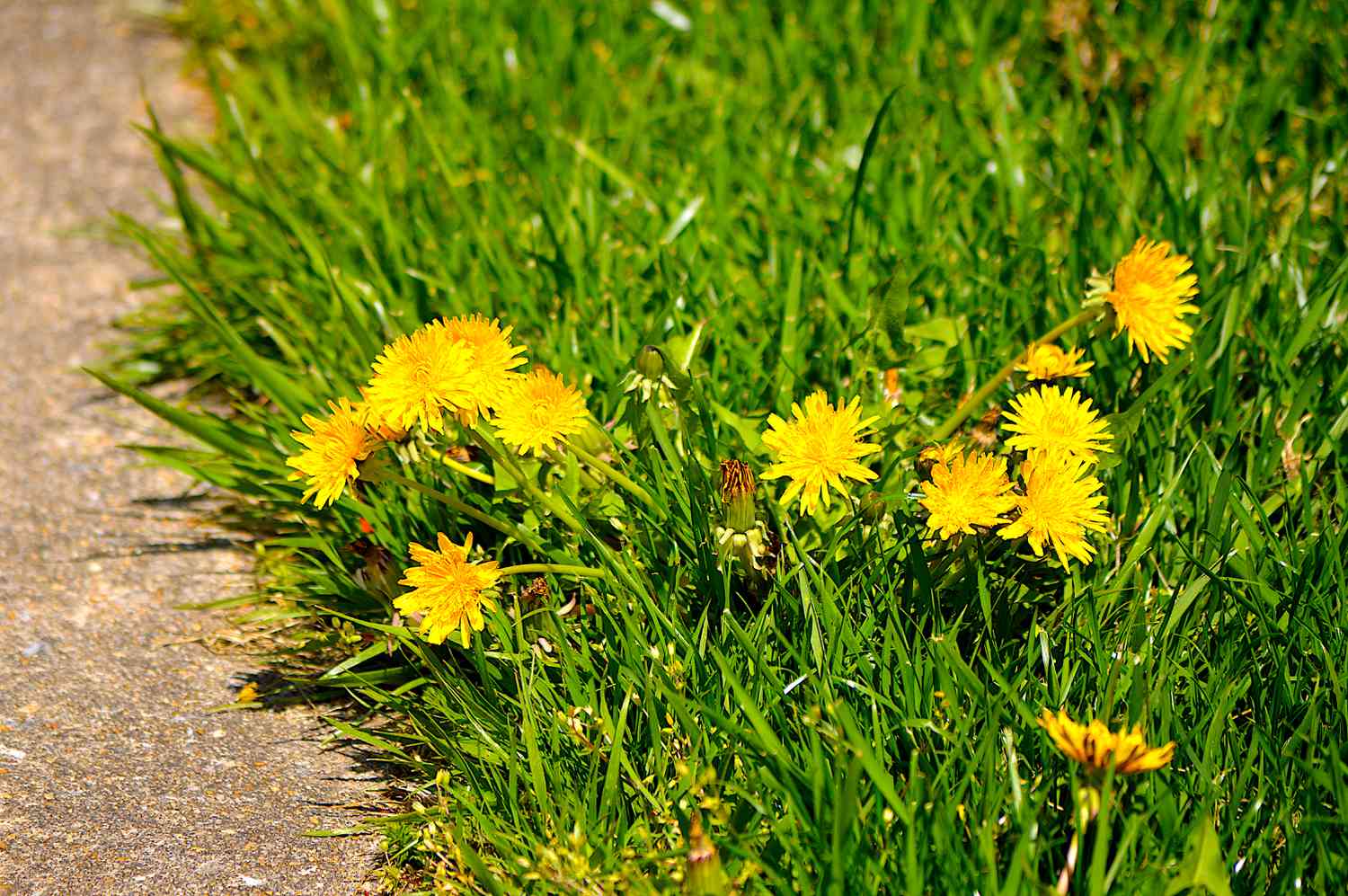

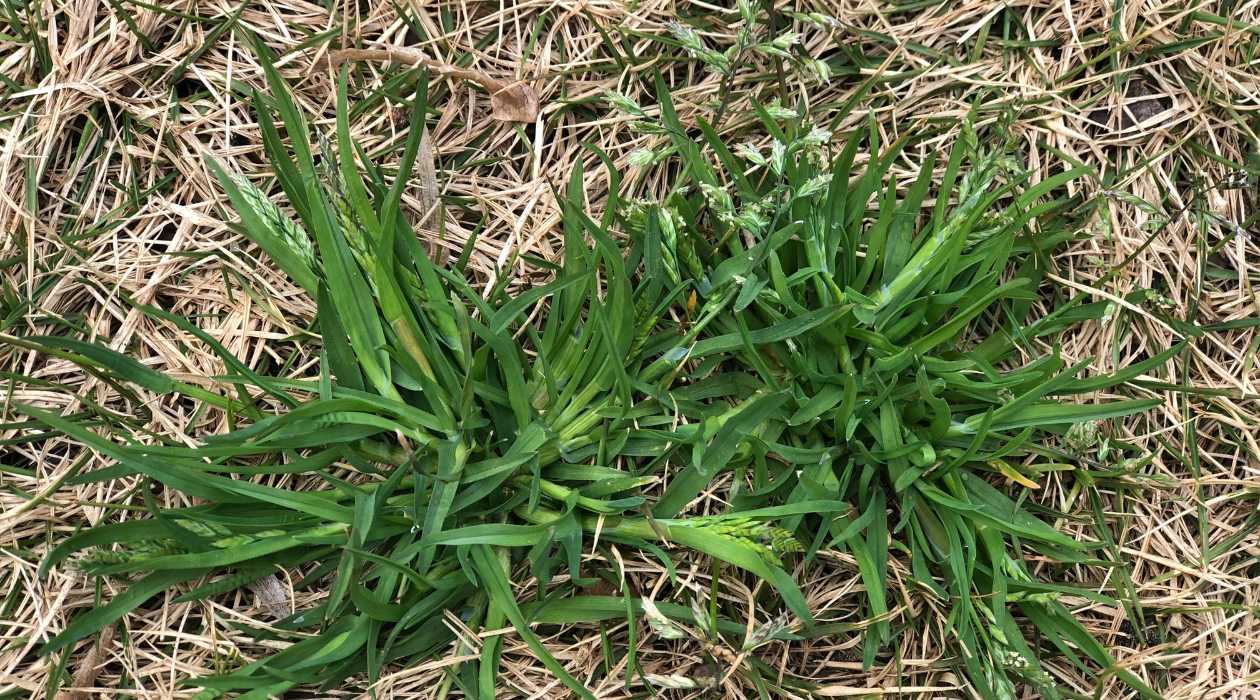
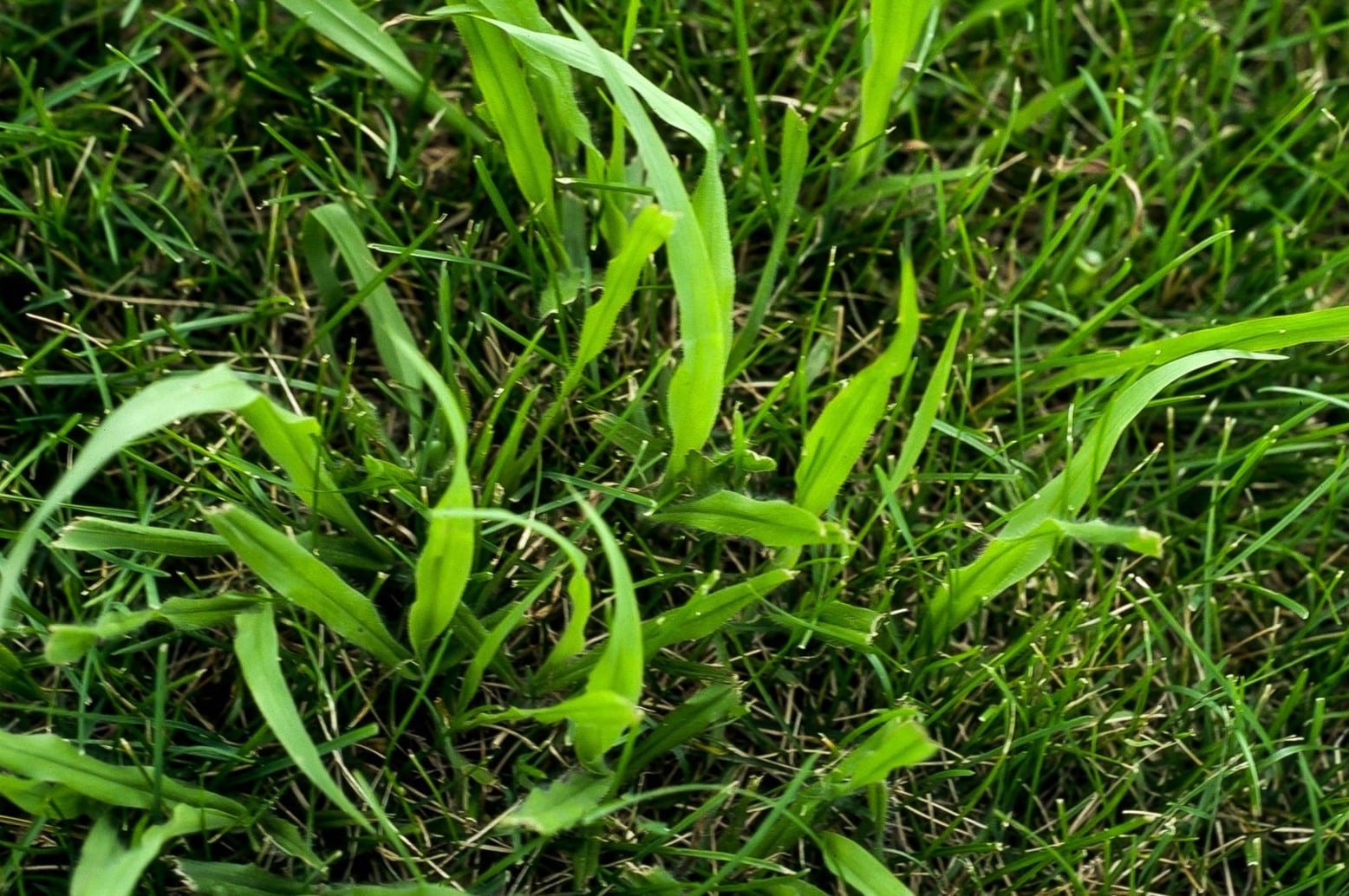
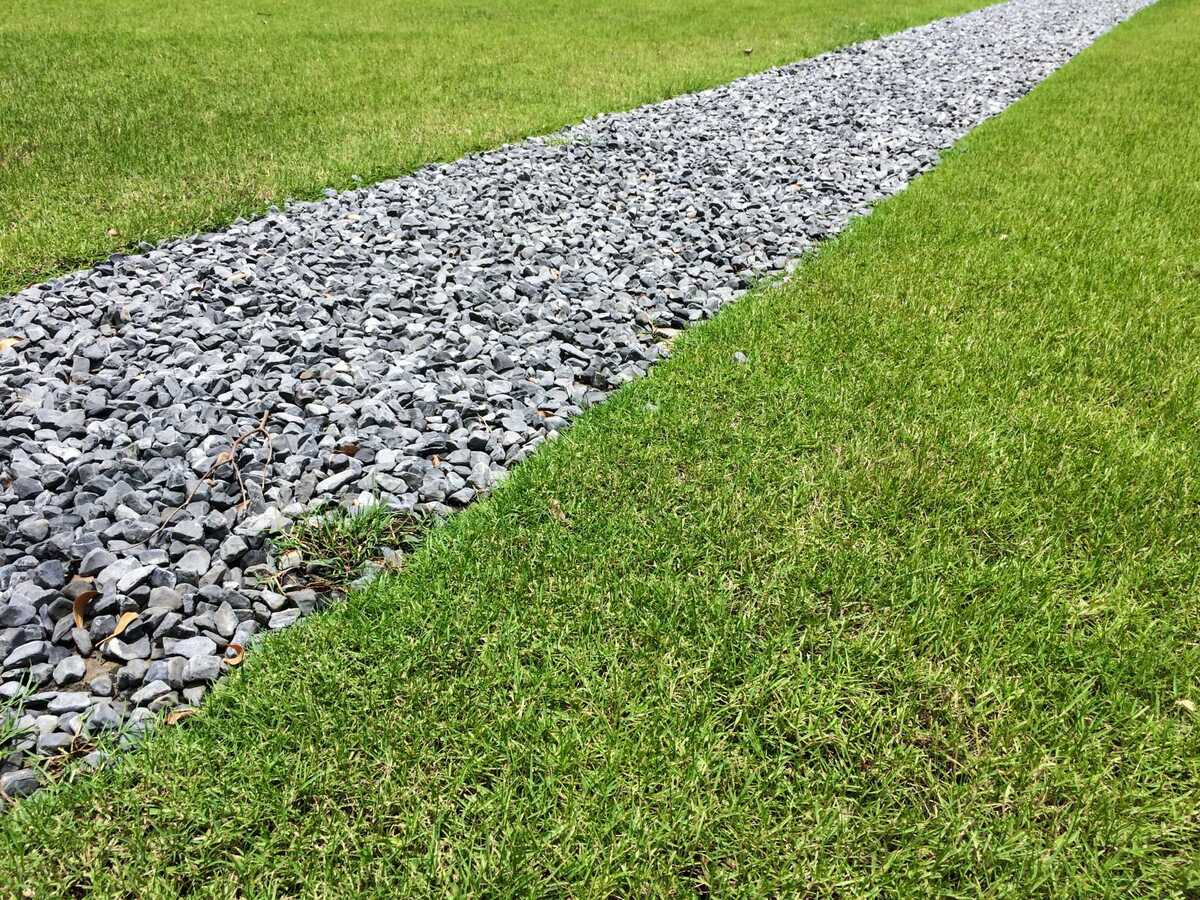
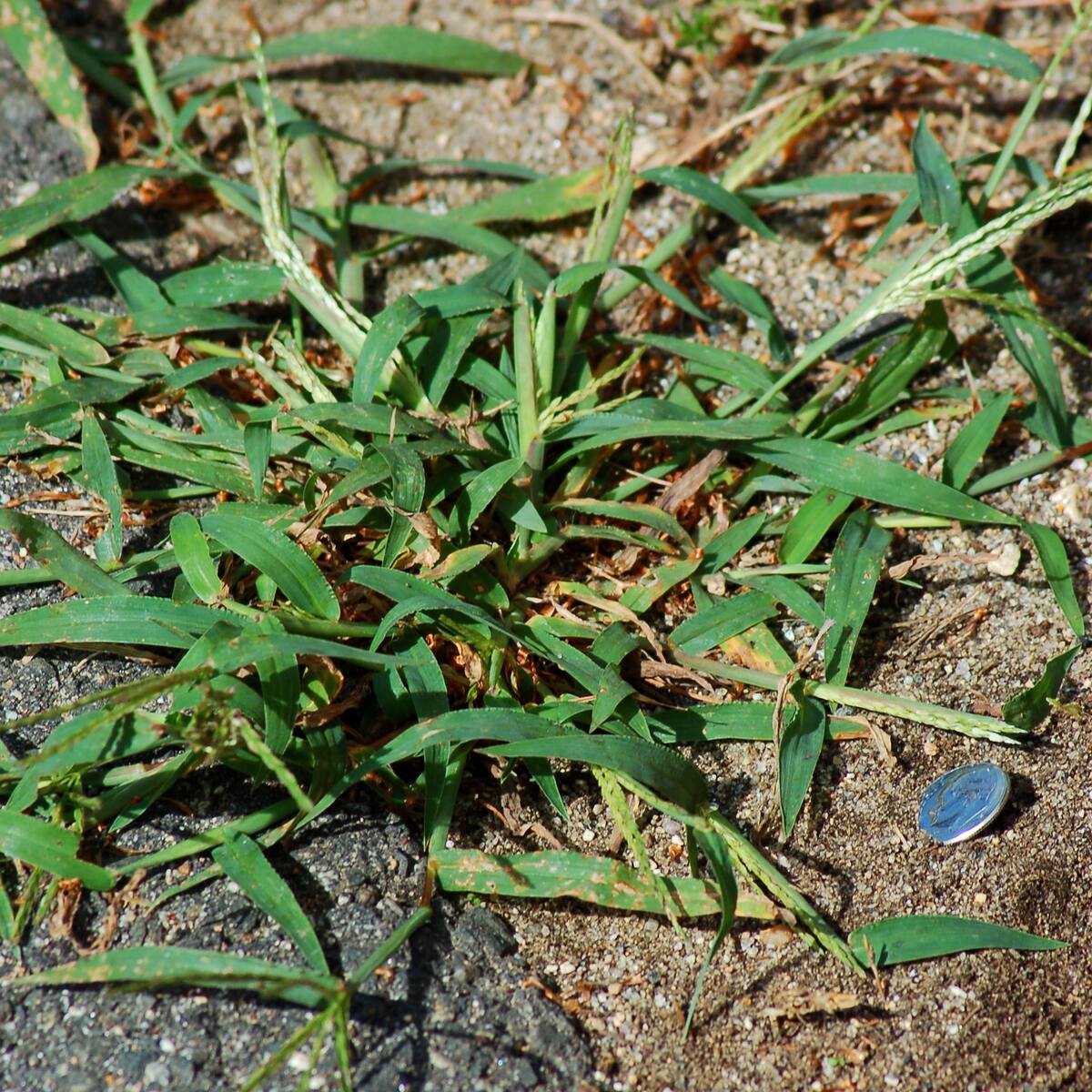
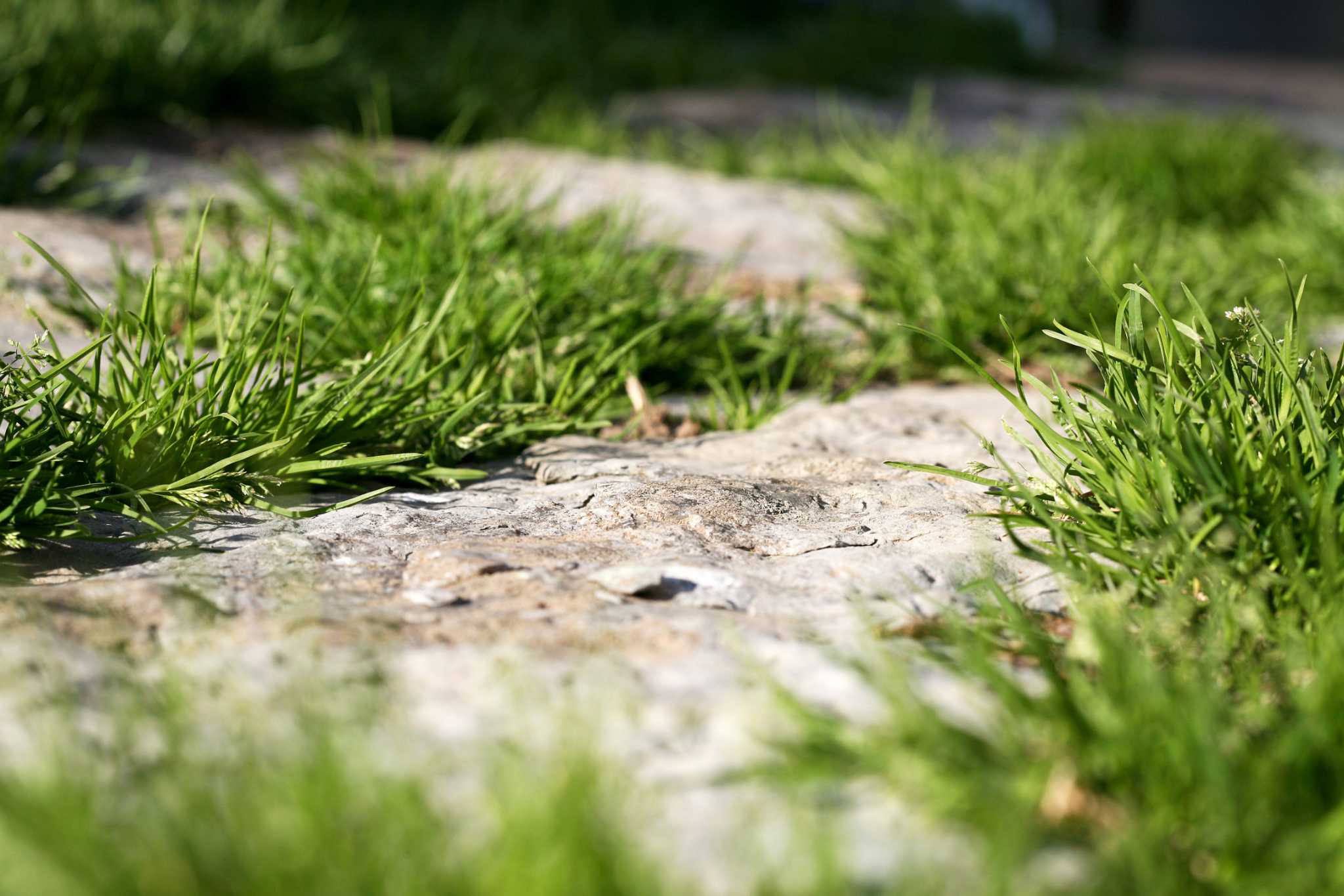
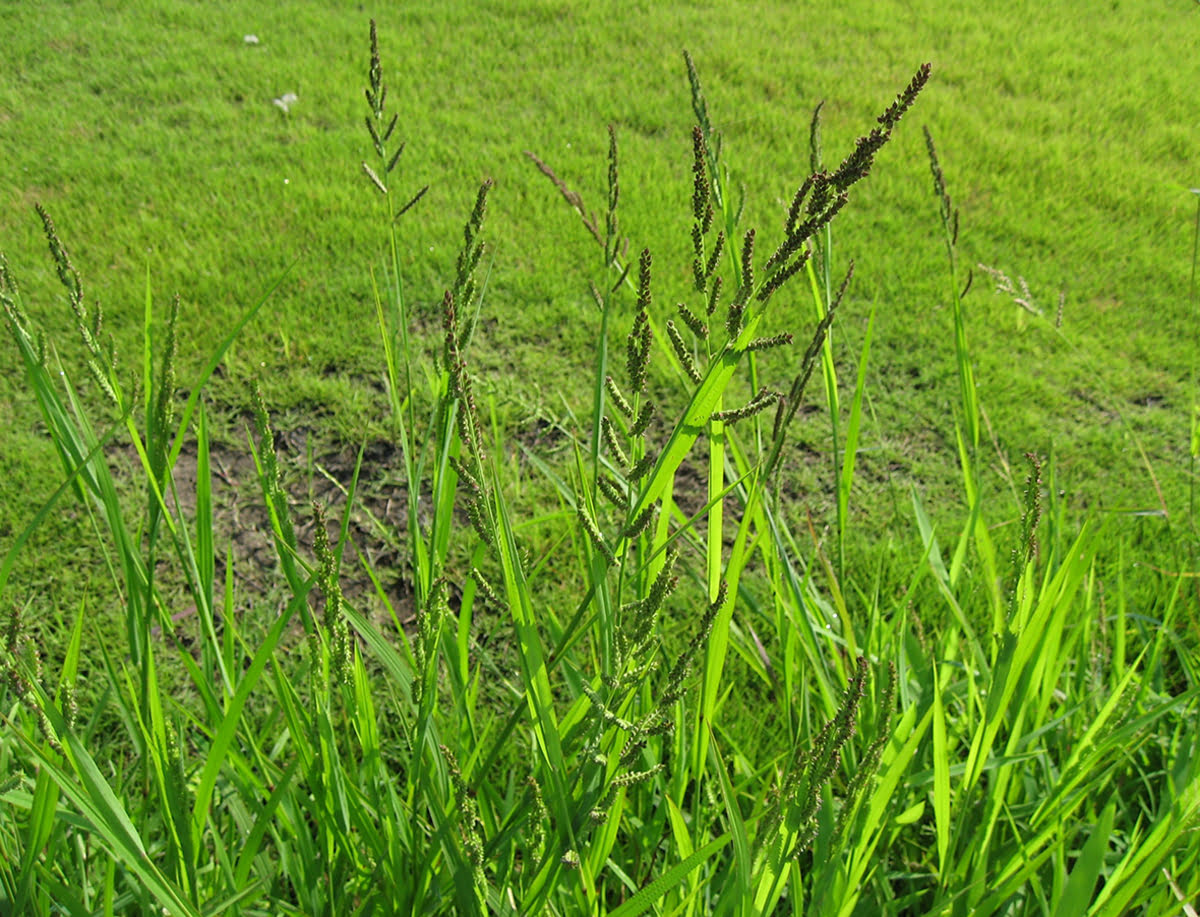
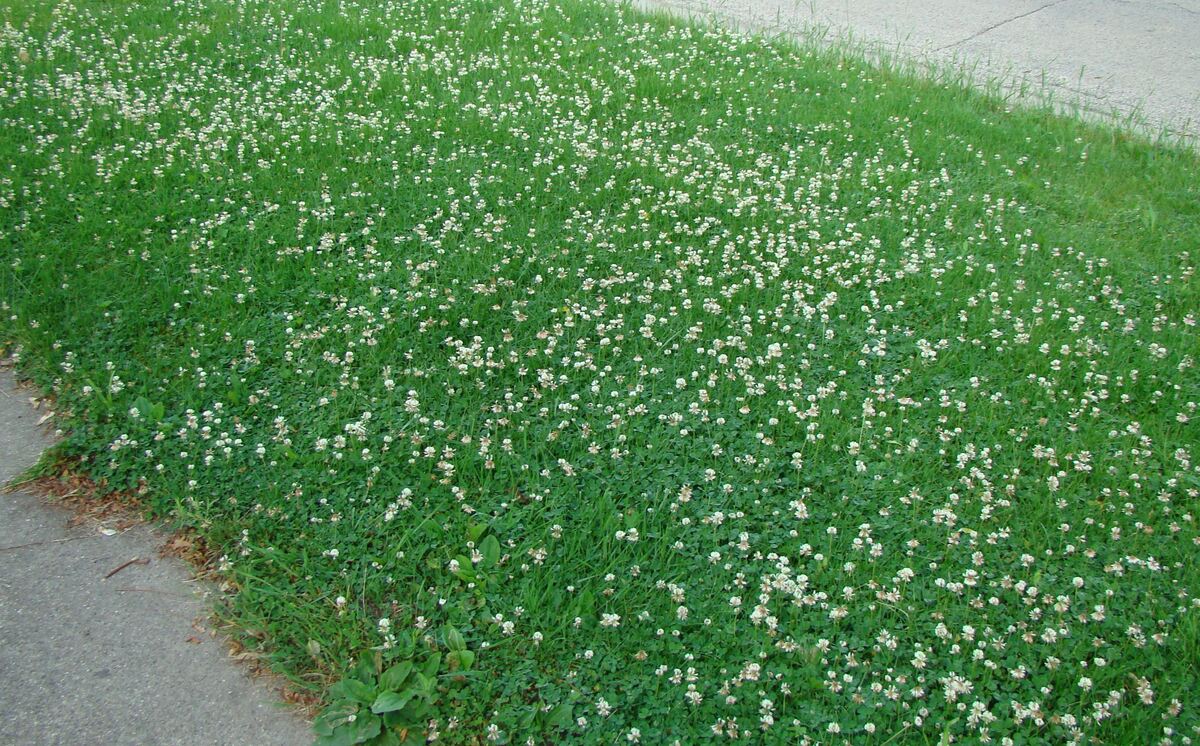
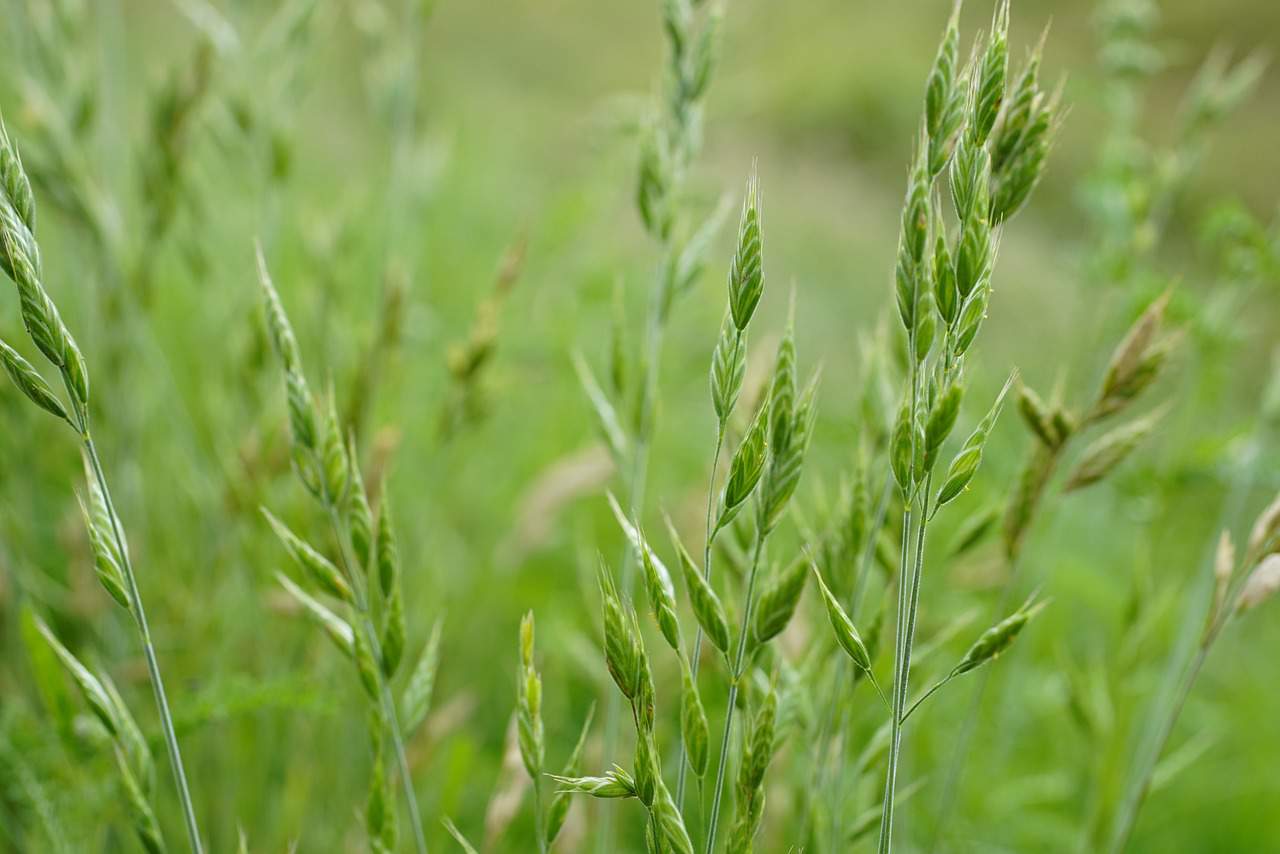
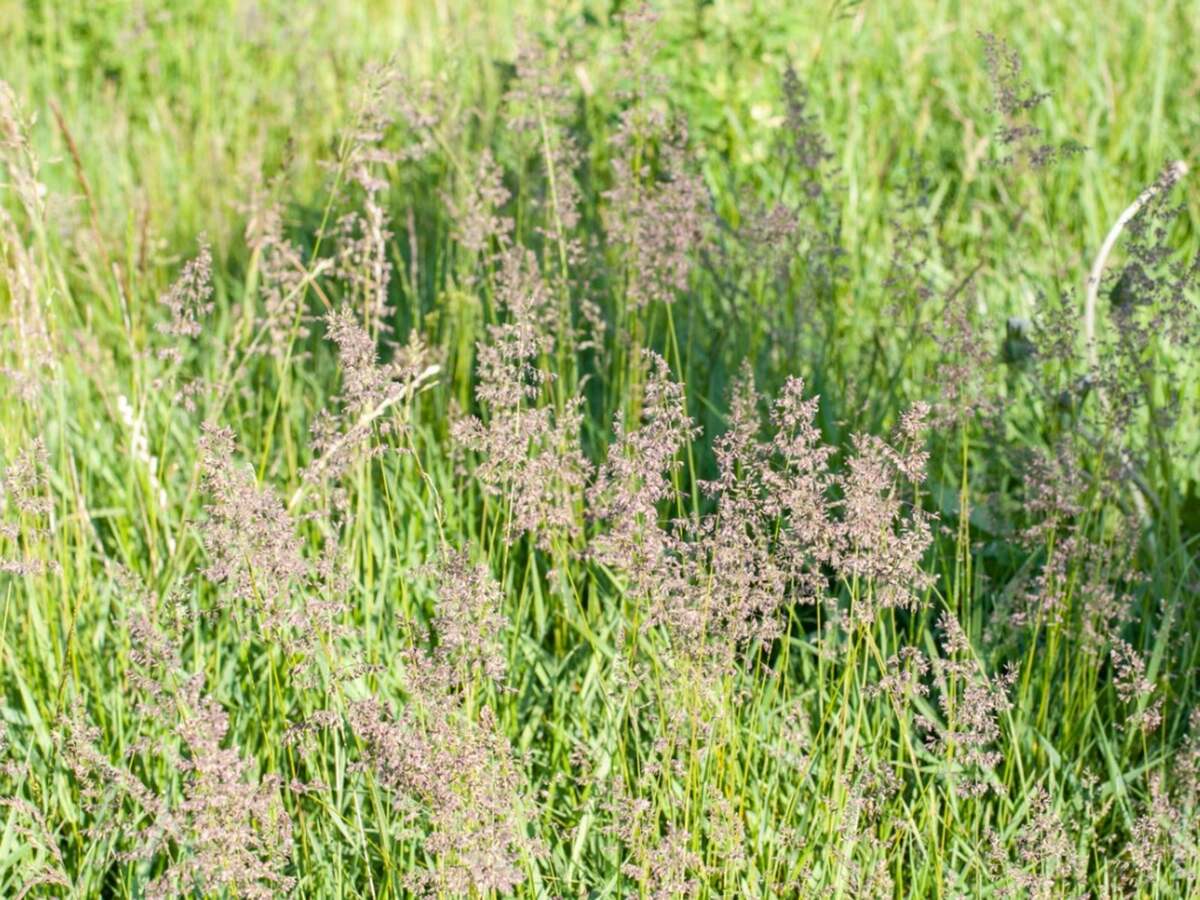
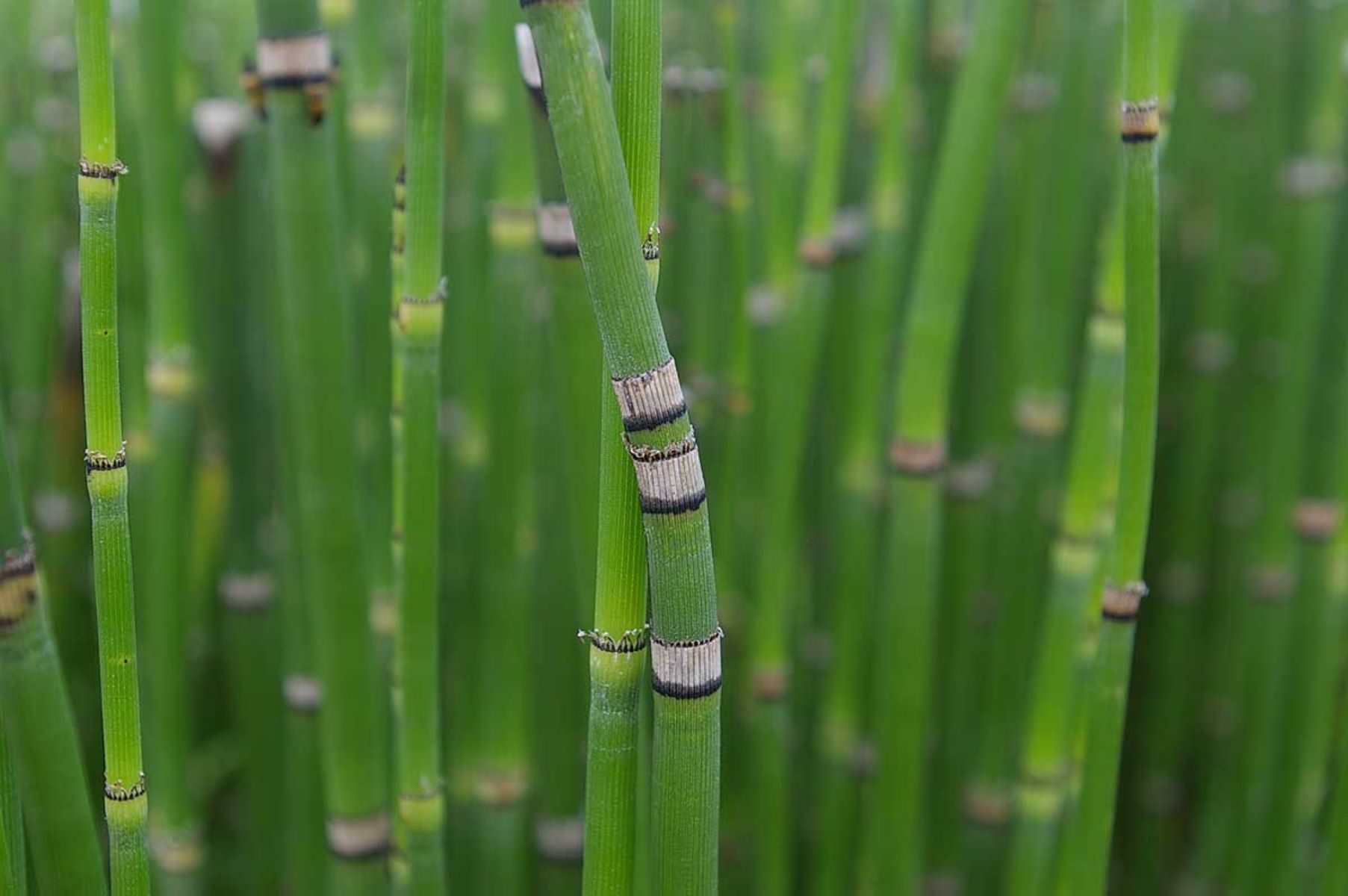

0 thoughts on “How To Kill Grass”